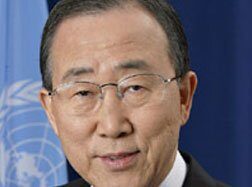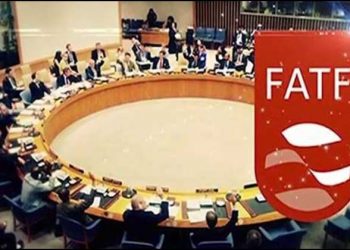This year’s World Health Day sounds the alarm about a silent global killer: raised blood pressure, otherwise known as hypertension. One in three adults worldwide has this condition. It is a major cause of death in rich and poorer countries alike.
Raised blood pressure, a main trigger for cardiovascular disease, all too often goes undiagnosed because symptoms are rare. The good news is that when it is detected early enough, relatively simple steps can significantly reduce the risk of heart attacks, heart failure and strokes. That is why the United Nations encourages all adults to have their blood pressure regularly checked at health care facilities.
Following a healthy lifestyle can add years to all our lives. The evidence is unequivocal. Cutting down on the consumption of processed salt, eating a balanced diet, avoiding harmful use of alcohol, getting regular exercise, reducing stress and avoiding tobacco use minimize the risk of developing high blood pressure and further consequences such as strokes or heart attacks.
Addressing high blood pressure is a key to tackling cardiovascular disease – one of the four most deadly non-communicable diseases.
The other three – cancer, chronic respiratory diseases and diabetes – are on the rise everywhere, particularly in low- and middle-income countries, and increasingly among younger people. The countries that are hit hardest are those that can least afford the social and economic consequences of losing a significant part of their workforce to illness and premature death. These are the same countries that can least afford to pay for treatment and care.
I welcome the growing, global momentum to address non-communicable diseases. At the General Assembly in September 2011, countries committed to taking action. Since then, the World Health Organization has worked with partners to develop a global action plan to address non-communicable diseases in the years leading up to 2020.
Reducing hypertension is a critical element in that action plan – and something we can all play a part in. Let us become aware of our own blood pressure levels, and contribute to greater public awareness of the problem of hypertension.

















